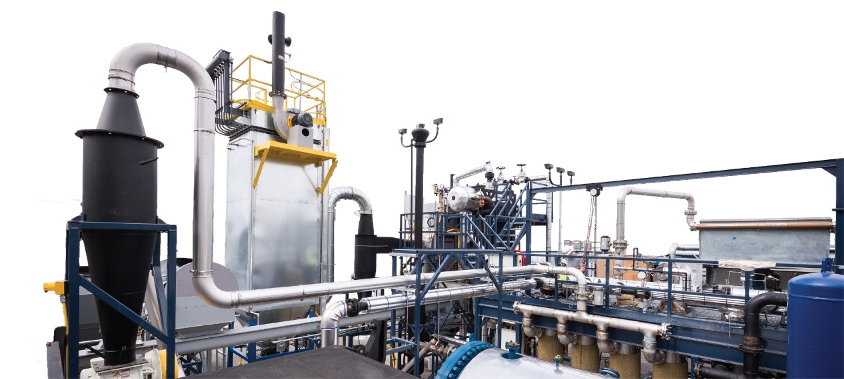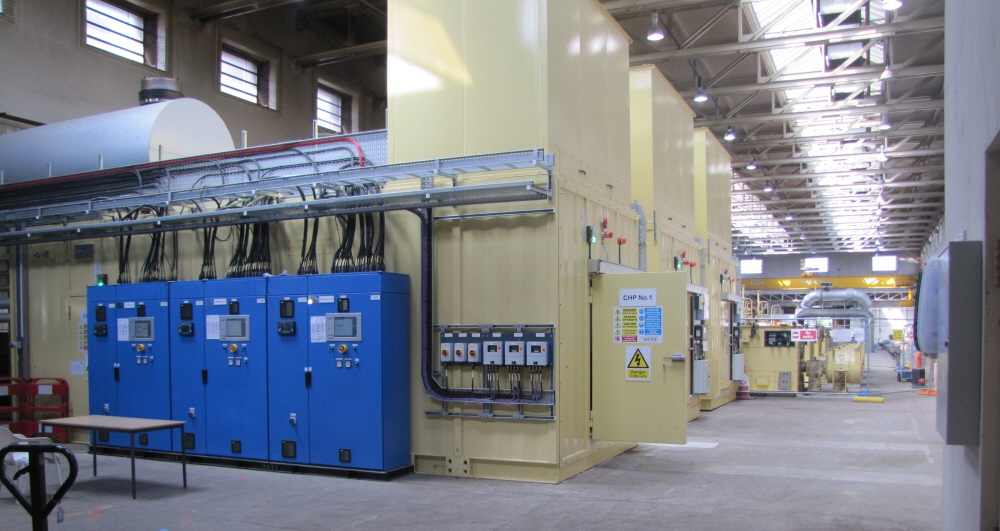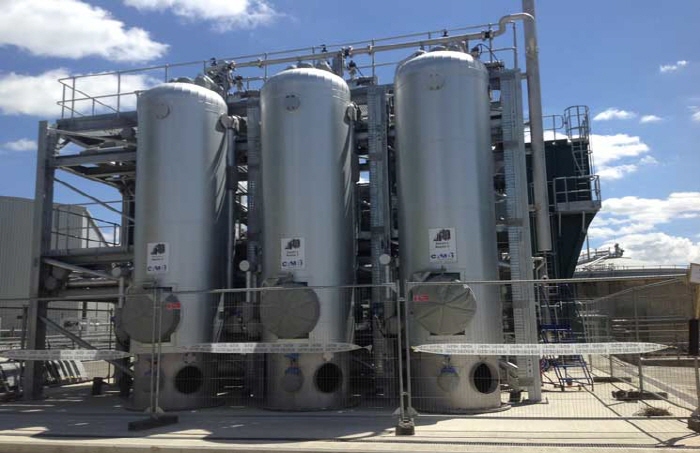
A stool-like excrement can have a high rejection, but in fact there is a surprising potential hidden. If left untreated, it decomposes into bacteria and produces methane-rich biogas, which can be reused as energy. Drying the lumps can also create a flammable block with energy close to the powder fuel and coal. It has potential as a fuel.
It may sound like a fantasy, but it is already used in developed countries. For example, one of the UK water treatment centers is solving half of its energy consumption. Similar attempts have been made in developing countries these days. The goal is not only to provide renewable energy but also to solve the hygiene problem. Inundation and mismanagement can pollute water and adversely affect human health and local ecosystems.

In the case of developed country cities, excreta go to a water treatment facility through a complex underwater channel. Filter and so on to remove solids and leave only sewage. We then go to the settling basin that setstles to the bottom from the sewer. Even so, the water is purified using filters, chemicals, and new bacteria while microbes are degraded. During this process, biogas is produced by microbial fermentation.
This system is of course not yet available in the developing world. According to the World Health Organization, 2.3 billion people worldwide do not have the most basic sanitation facilities and 892 million people are still outdoors. Only 2.9 billion people, or 39 percent of the world’s population, are excreted in private toilets or toilets attached to solid sewage or water treatment facilities.
The UN report in 2015 provides a solution to these health problems. The report estimates that using excreta from excreta can generate at least $ 200 million worth of methane gas and produce enough energy to power 10 million residents.

According to the report, Uganda has already introduced a variety of systems using fecal energy. The garbage that has not been collected is put into a kiln to convert it into energy, or the biogas is recycled using sludge and waste from the slaughterhouse.
Jennifer Musisi, the capital city of Uganda’s Kampala market from 2011 to 2018, used firewood for cooking and electricity in school toilets until 2014, but it was costly and unsustainable. In the end, the school created a system to create biogas, and as a result, it agreed to install 10 sewage systems in order to expand the generation facilities. The Ugandan Waterworks and Sewerage Authority recently signed a Memorandum of Understanding with Water for People, an international nonprofit organization, and promised to turn the sediments of the Kampala sewage treatment plant into flammable blocks.
The European water treatment facility produces biogas for energy use in moving public transport. In Uganda, we are going to do the same thing through the new facility recently opened. However, these facilities are intended to send power to the local grid.

Similar attempts are being made in neighboring Kenya, where fossil fuels are being moved to excrement treatment facilities to ensure the fuel source used for cooking and heating. In Nairobi slum, methane gas is extracted and sold to citizens using a biogas generator equipped with a toilet.
There has been a growing interest in energy systems that have recycled manure over the past decade. But the idea of turning human excreta into energy has already come into existence in ancient times. Even the Bible says that these techniques are mentioned. Ezekiel 4:12 is supposed to use man’s excrement as cooking fuel.
Of course, excretion can be done by anyone but it is simple, but it is not simple to actually make energy. This is especially true in the case of general dispositions in developing countries that mix waste as well as garbage. The quality of energy depends on how tight the tank is and the amount of water contained in the sediment.
There are many obstacles to produce energy from flush toilets. In 2014 Kampala began operating a large sedimentation plant, but its capacity was exceeded in the first month. The construction and operation of water treatment facilities are also expensive, but Kampala is difficult to finance. The population is expected to increase from 3 million to 7 million by 2050.
The fecal energy system can be ideal for boosting profitability and helping to operate existing infrastructure. Unfortunately, economic support is now lacking. Investors, who were planning to invest in Kampala’s fossil energy system in 2017, have abandoned investment because of the possibility of more consumption than the energy they produce.
For this reason, some are looking forward to future technologies. Janicki Industries developed the Omni Processor with support from the Bill & Melinda Foundation. It extracts clean drinking water from human feces.
The prototype model size is 1,200 square meters, making it possible to produce 22,000 liters of water from 66 tons of solid waste per day. It is the amount that can be supplied to 100,000 people. The solid burned material that sucks in water acts as the steam engine energy of the incinerator to produce power. At the same time, the steam is also used in the drying process. The Omni processor can produce 100 to 200 kW of power. It is capable of supplying electricity to 170 US households.
The test runs in Dakar, the capital of Senegal, is running almost daily for four years. Although technological efficiency has greatly improved in the past, it is said that 80 to 85% of the day is ideal processing performance, but now it is 95 to 100%.
Numerous systems are separated by economic profitability. If you change the excrement into electricity, if there is no grid, or if you do not want anyone to pack the biogas in a can. What if the government takes over the energy sector and the private sector can not sell the energy? This is still a realistic hurdle in developing countries, even as feces disposal is urgent.
Infrastructure and technology are still big obstacles. It is difficult to generate revenue and is still waiting for a successful business model to emerge. Kampala recently set up a state-of-the-art plant that converts sewage into biogas. The plant, led by the Ugandan government and supported by the African Development Bank and the European Union, is expected to produce 630 kW of energy equivalent to 530 US households, handling 12 million gallons a day.
Anyway, it is obvious that the energy using the sides is renewable energy. However, it is difficult to say clean energy in an environmental protection sense. There is a need for more research on the amount of carbon dioxide produced by the system. This is because exhaust gas is emitted in some way now.
Nevertheless, there are many experts who say that excrement energy is better for the environment than it has been for the past. For example, if most of the world’s transportation sector adopts biogas, emissions would be reduced to 49-84% if oil is 100% used.


















Add comment